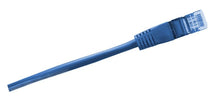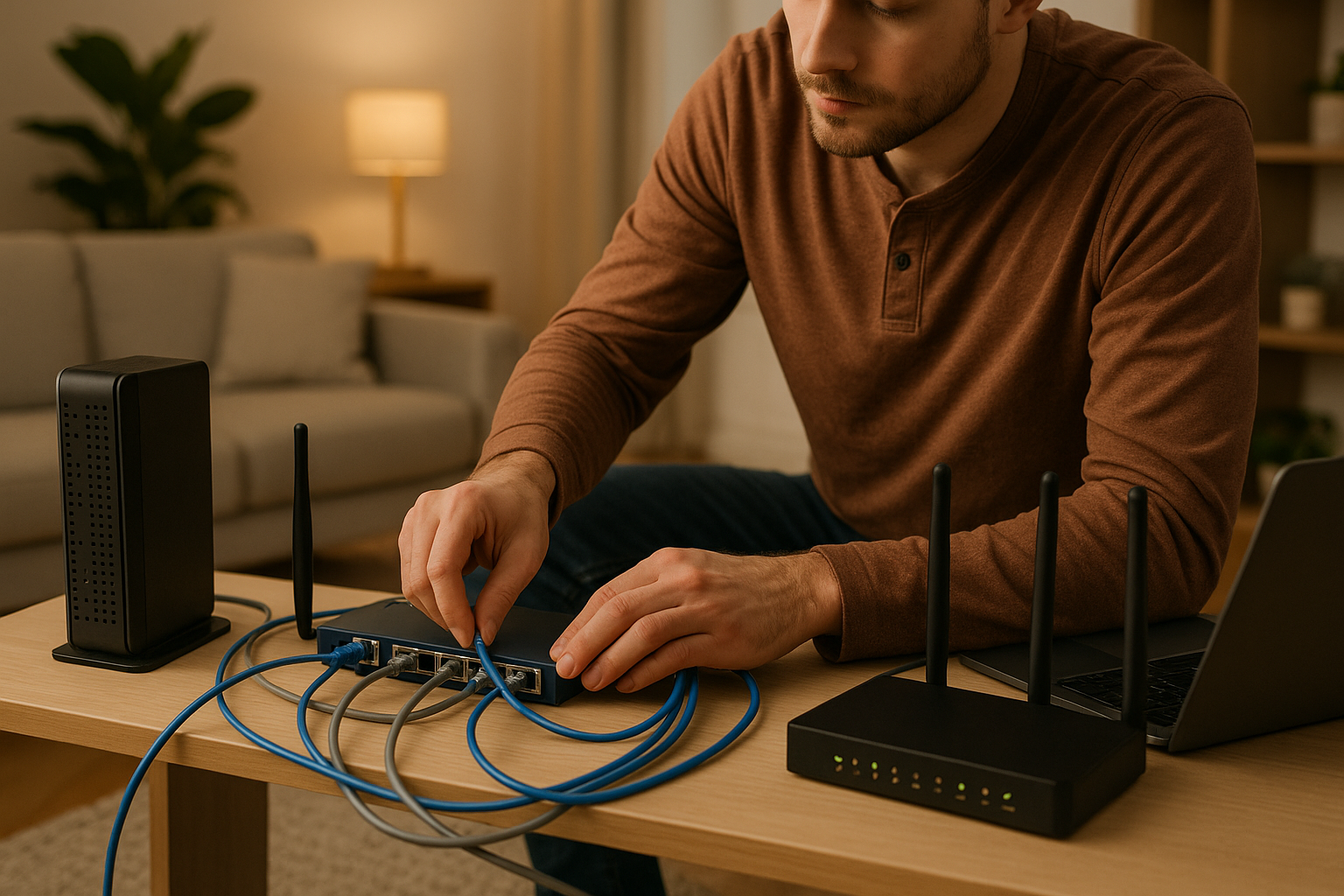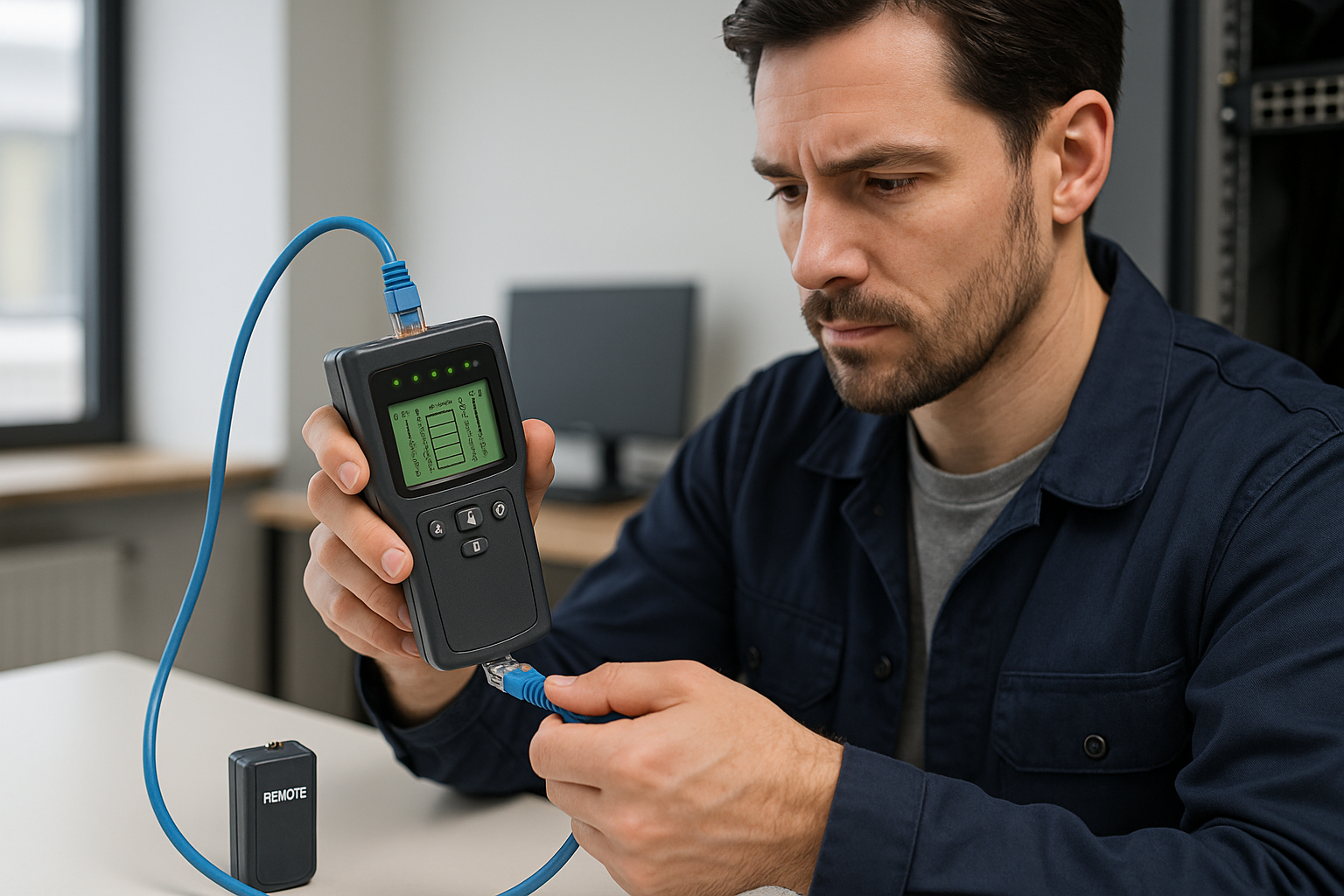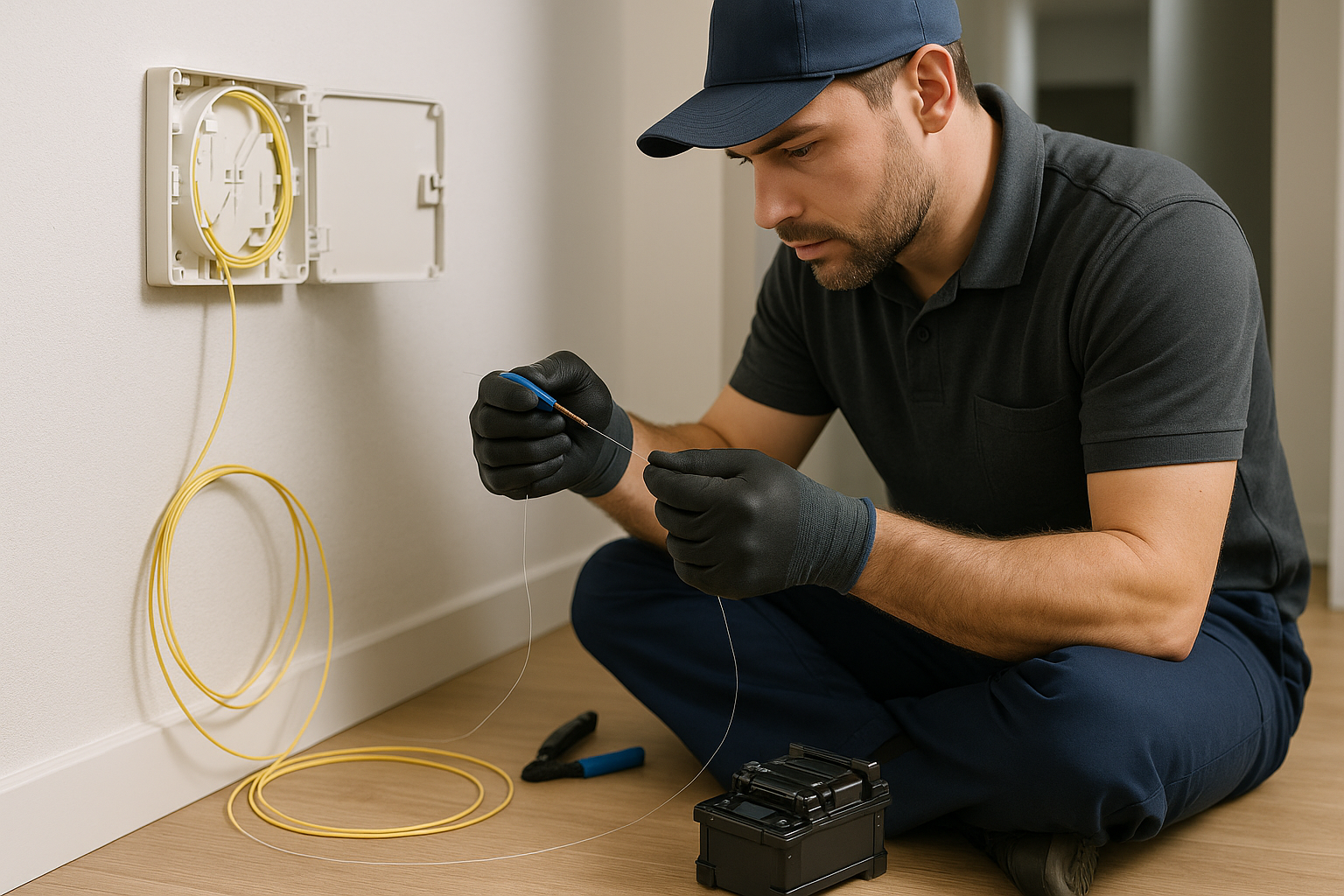Which UTP cable should I use?
- , by
- 3 min reading time

Network or UTP cables are available in various types, speeds, sheaths and price ranges. If you are wondering which UTP cable you should buy, you can use the following: For home use , a Cat6a cable is always sufficient. This supports no less than 10,000 mbit/s with a throughput speed of 500mhz.
[button] Buy a Cat6a cable [/button]
It is understandable that with all these types and categories, you sometimes can't see the forest for the trees. After reading this article, you will have more clarity about what the specific properties of these different cables are.
To start with, cables are divided into various categories. These can be found from Cat5e to Cat7. The higher the category, the faster the network. A list of all categories can be found below. The frequency at which the cable can operate at its maximum is also stated here. The frequency or throughput speed can be seen as the diameter of a water pipe. The larger the diameter, the more water can flow through the pipe. This is also how it works with UTP cables.
- Cat5e: Can reach speeds of up to 1,000 Mbps and has a bandwidth of 100MHz.
- Cat6: Can reach speeds of up to 1,000 mbit/s and has a bandwidth of 250mhz.
- Cat6a: Can reach speeds of up to 10,000 Mbps and has a bandwidth of 500MHz.
- Cat7: Can reach speeds of up to 10,000 mbit/s and has a bandwidth of 600mhz.
You also have a choice in the thickness of the cable. A UTP cable has eight cores in the sheath. These are then twisted together as 4 pairs. The thickness of the cable is indicated in AWG. AWG stands for American Wire Gauge. The higher the number, the thicker the cable. A cable of 1 AWG has a diameter of approximately 7 cm. Most UTP cables have a thickness of 23 or 24 AWG.
In addition, UTP cables also have various shieldings. The various types of shielding are tailored to various possible situations. For example, when a cable is subjected to mechanical stress. Or if a cable is placed in a space with other high-frequency or power current cables that can cause interference. The various shieldings of the cable can be seen in the table below.
| Name | Cable shielding | Wire pair shielding |
| U/UTP | no | no |
| U/FTP | no | foil |
| F/UTP | foil | no |
| S/FTP | wickerwork | foil |
| SF/UTP | foil, wickerwork | no |
Subsequently, you can also choose between a solid copper network cable or a so-called CCA cable. CCA stands for Copper Clad Aluminum. This means that the cable has an aluminum core. It is difficult to see what a CCA cable is by eye.
The advantage of a CCA cable is that they are many times cheaper in the purchase price than a solid copper cable. However, they do have some disadvantages such as:
- Flexibility decreases over time.
- The chance of fractures is much greater
- Resistance is higher if you use it as a power supply, for example with PoE.
[button] View our range of network cables [/button]
Tags
Related categories
Check out our other blogs
-

, by Jarno Heideman How do you easily set up a home network yourself?
-

, by Jarno Heideman What are the color codes of UTP cables and how do you use them correctly?
-

, by Jarno Heideman How do you test a UTP cable without making mistakes?
-

, by Jarno Heideman How do you connect fiber optic yourself without any hassle at home?



